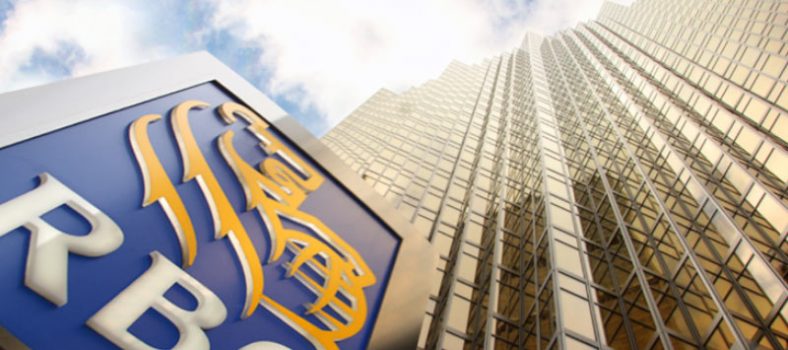 By Steve Leer
By Steve Leer
Happy customers make for happy equipment leasing executives. Often that business bliss begins with the frontline customer service representatives who answer lessee phone calls and e-mail messages.
Reps just like the seven Toronto, Ont. area women who work for JDR Solutions, Inc.
The seven—Lesley Evans, Debbie Forbes, Andrea Medeiros, Sharon Miedema, Mary Mancini, Tina Ventura and Dale Barillari—juggle more than 350 inbound and outbound calls and e-mails each day for JDR, which provides back office services to the finance and leasing industry. The calls and e-mails come from JDR equipment lessor clients throughout Canada and the United States and run the gamut from questions about monthly payments to delinquency notices and to general lease finance information.
It’s a challenging but important job in the high-paced world of lease finance.
“Customer service means going above and beyond what it takes to make the customer happy,” said Mancini, “whether it is answering questions or listening to a customer’s concerns. We try to be as efficient and timely as we can and maintain a positive attitude.”
The same is true of all who are the first points of contact with lessor customers.
Critical role of technology
Continuous improvement is an everyday goal for customer service reps. In a business climate where problem-solving often is measured in minutes, not hours, successful reps look for ways to work more efficiently. Even minor improvements in service practices can save time and, ultimately, money.
Technology has played a big role in moving the efficiency needle forward. Customer service reps today must be equally adept at computer applications and old school postal mail, to meet the specific needs of every lessee who calls, writes or receives a payment notice.
The JDR customer service/collections staff has seen its share of technology changes in careers that average 25 years per team member. Work that traditionally was done in one central office is now done remotely at home. Which means no traffic or weather to worry about in getting to work on time, so that customers are not left on-hold. Digital records have replaced—for the most part—paper records. What once was kept in large file cabinets now fits neatly in a folder on a computer desktop.
“The office has become primarily virtual,” said Forbes. “It allows for faster resolutions of customer issues.”
One popular go-to software package of the JDR team is the Microsoft Office Suite, particularly its Excel spreadsheet programme. Excel is used to track customer inquiries and when and how those inquiries were met.
The Internet and social media also have proven invaluable. Miedema utilizes the online platforms to skip trace companies and individuals whose addresses have changed yet have not notified JDR.
“Nine times out of 10 we’re able to locate them and adjust their accounts accordingly,” said Miedema. “We’ve also used the Internet to locate personal guarantors who may have moved and didn’t advise us.”
On the hardware side, more documents are scanned and transmitted by e-mail today than are sent to clients via fax machine.
“Faxing has become almost obsolete,” said Medeiros.
Moving to portals
Some processes haven’t advanced as quickly as others. One example is invoicing. Many lessors still prefer mailing paper invoices to lessees despite the trend toward electronic invoicing. That leads to more manual labour.
“We spend an awful lot of time doing manual interventions to give the customer what they are looking for,” explained Evans. “That is the biggest part of my job right now. It’s probably 90 per cent of what I do.”
Customers who ask that their invoices be structured differently than ordinary invoices sent to a company’s other lessees also can pose problems.
“They may ask for information that we can’t add to our system to make it display on their invoice, or they want it broken down in a certain way by group or assets, and we’re not able to do that in the system without manual intervention,” she said. “The system cannot automatically produce everything some customers are looking for.”
Medeiros pointed out that many invoice issues will be resolved as more lessors add payment portals to their web sites. A portal is a separate password-protected web page within a web site for authorized users. Most customer-dedicated portals allow users to check invoice histories, view their lease contracts, submit online credit applications and a host of other things, in addition to submitting payments.
JDR builds both customer- and sales staff-centric portals as a value-added service.
“Customers are constantly asking about the ability to pay online, which is where a portal comes in,” said Medeiros. “Portals minimize the number of e-mails coming in asking for invoices, which often must be mailed to them. Customers complain that the mail is very slow and that they don’t have time to make the payment on time before they are assessed late charges. We offer to e-mail invoices to them to make the process quicker. We’ll do what we can to help them.”
Added Forbes, “With the addition of reseller and customer self-serve portal technology, it is much easier working with clients and customers, regardless of location, time zone or when they wish to do business.”
In the end, it’s all about keeping customers happy. When it’s working right—as it usually is at JDR—both the customer and the customer service rep are pleased.
“We rely on good communication and listening skills, and are patient as we assist each customer,” said Mancini. “It contributes to customer satisfaction, and that is our top priority.”
Steve Leer is director of marketing and business development at JDR Solutions Inc. (www.jdrsolutions.com).




